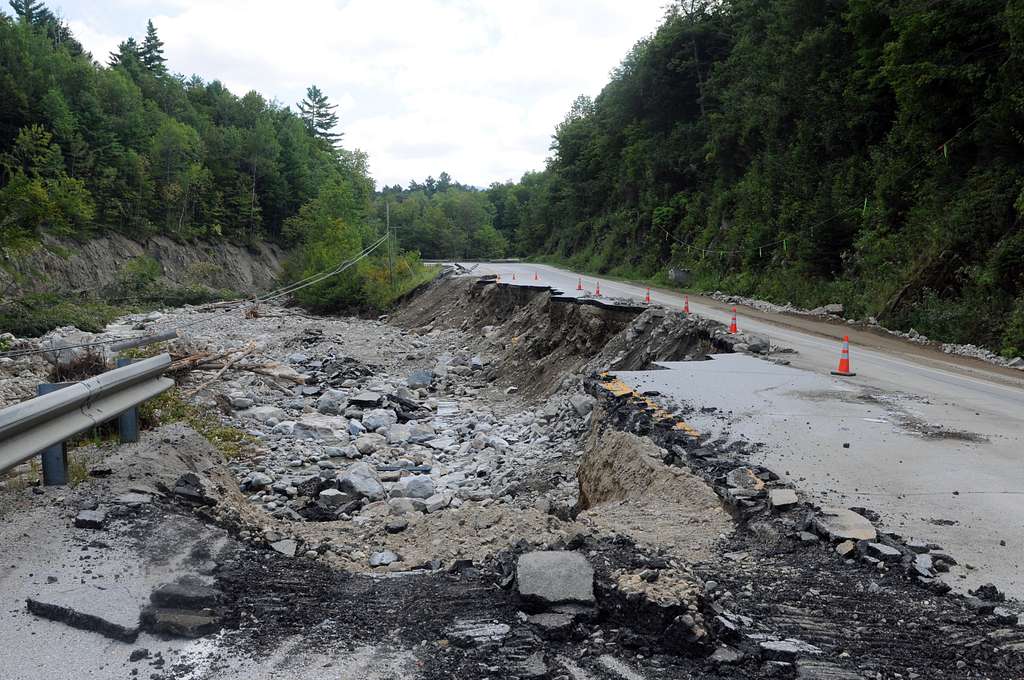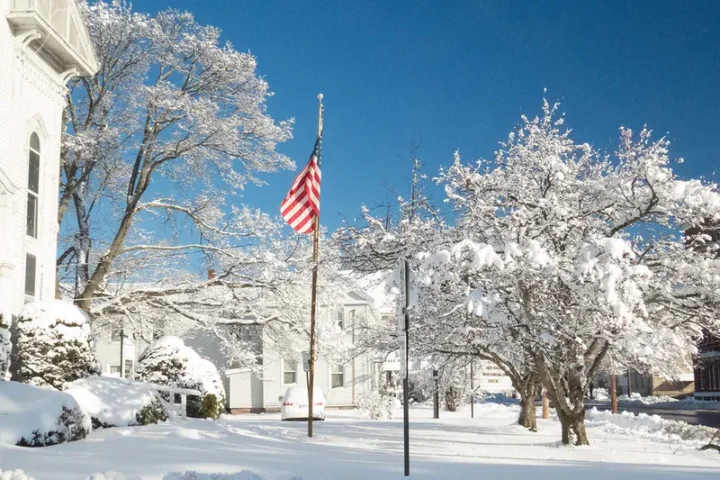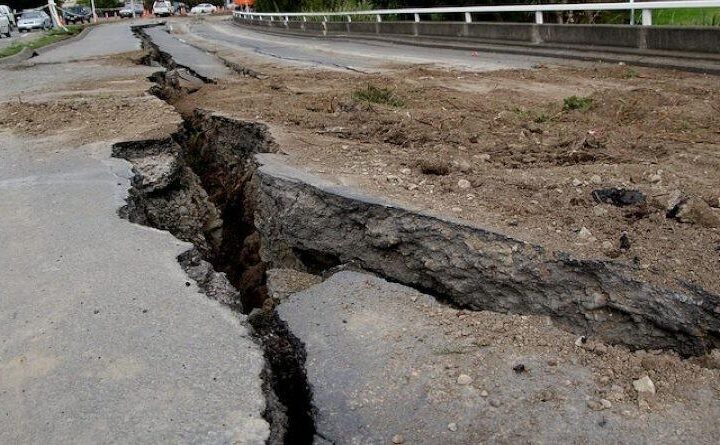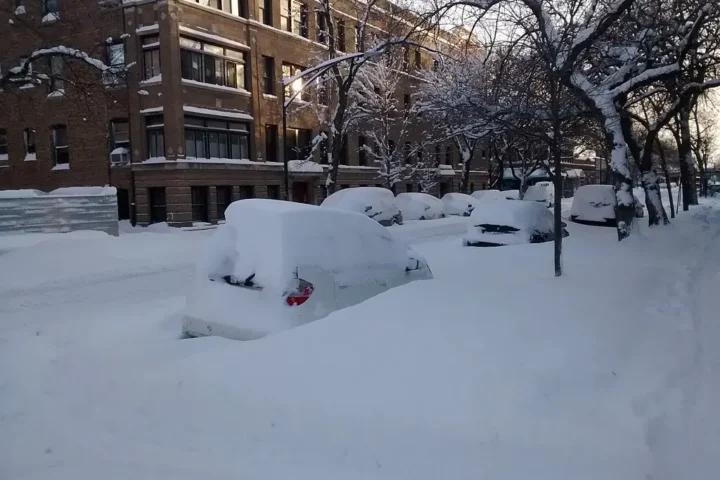The U.S. Department of Transportation is sending more than $1.5 billion to states and territories to fix roads and bridges damaged by natural disasters, with nearly half earmarked for Hurricane Helene recovery efforts.
Transportation Secretary Sean P. Duffy, who visited hard-hit areas shortly after taking office, announced the funding package Wednesday as part of the Federal Highway Administration’s Emergency Relief program.
“Under President Trump’s leadership, this Department will leave no state behind,” Duffy said. “We are expediting the process to remove unnecessary barriers for urgent projects so communities can rebuild in real time.”
The funding addresses widespread infrastructure damage from Hurricane Helene, which struck in September 2024, devastating transportation networks across the Southeast. The storm destroyed sections of key highways, including Interstate 40 and Interstate 26, both vital freight routes in the region.
North Carolina will receive the largest share at $415 million, with over $400 million specifically for Helene damage. Tennessee follows with $227 million, of which $178 million is for Helene recovery. South Carolina ($68.8 million), Florida ($44.6 million), and Georgia ($26.4 million) will also receive substantial funding for Helene repairs.
Beyond roads and highways, the hurricane severely damaged railroad infrastructure. More than 40 miles of CSX’s former Clinchfield Railroad between Tennessee and South Carolina were washed away, including two bridges. Norfolk Southern also suffered extensive damage along 50 miles of track through Asheville, North Carolina.
Similar Posts
The Transportation Department highlighted early successes from their expedited approach. Duffy noted that repairs to North Carolina’s I-40 highway “are projected to save two-thirds in both cost and time—amounting to hundreds of millions of hard-earned tax dollars.”
While the immediate focus is on repairing damaged infrastructure, the funding is part of a broader effort to restore transportation networks across multiple states. In total, 36 states plus the District of Columbia, Guam, the U.S. Virgin Islands, and Puerto Rico will receive funding for various disaster recovery efforts.
“The Federal Highway Administration has been working closely with states across the country to restore vital transportation networks and provide safe travel for the public,” said Federal Highway Chief Counsel Jay Payne. “We remain steadfast in our commitment to provide the federal resources needed until all highway transportation links are restored.”

The Emergency Relief program specifically targets repair and reconstruction of federal-aid highways and federally owned roads damaged by natural disasters, extreme weather events, and other catastrophes including flooding, wildfires, hurricanes, and mudslides.
This funding announcement comes as communities across the Southeast continue their recovery efforts eight months after Hurricane Helene’s devastating impact.


















